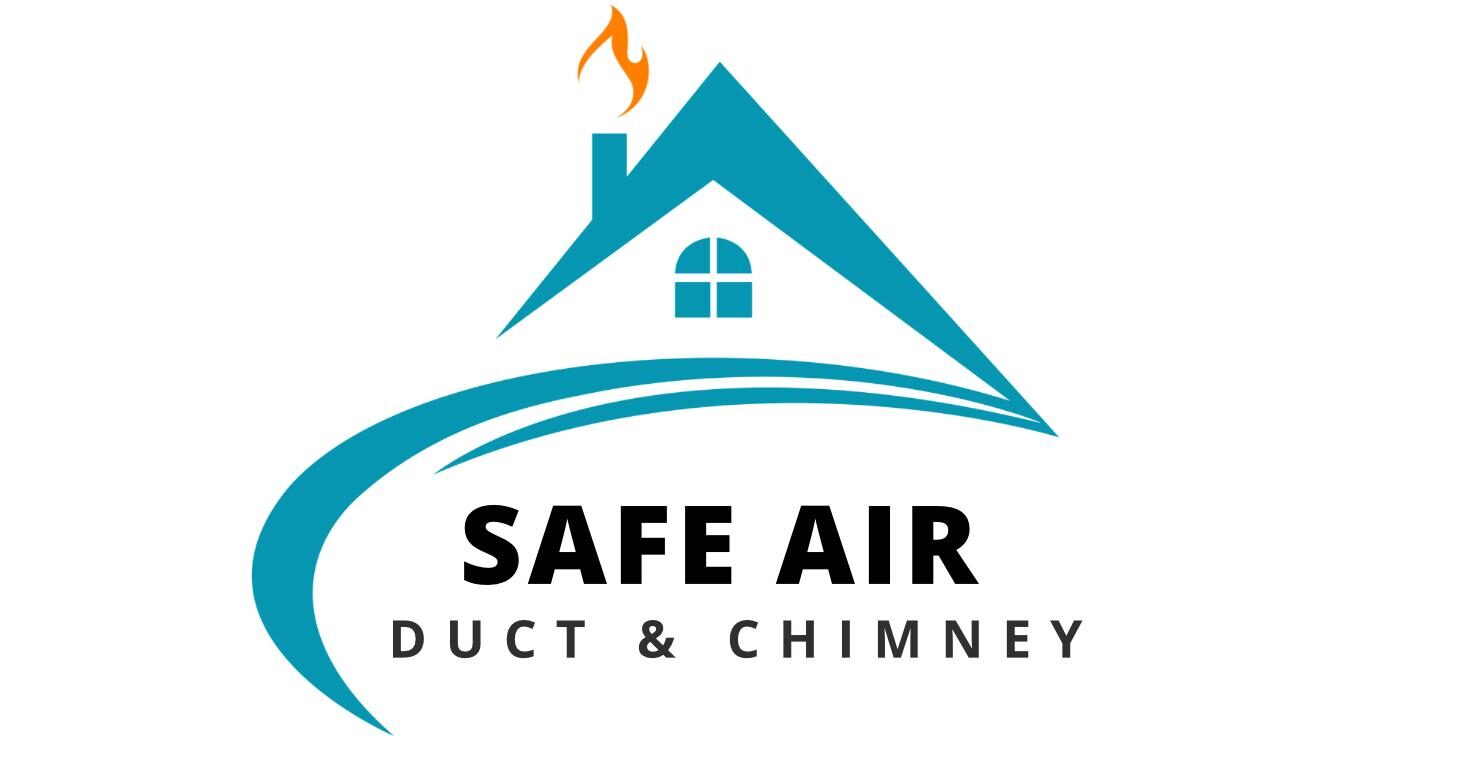Burn Smarter: The Best Firewood for Maximum Heat and Safety
Why the Right Firewood Matters for Maximum Heat and Safety
The type of firewood you burn directly affects heat efficiency, fireplace safety, and air quality. Using the best firewood for maximum heat and safety ensures higher heat output, cleaner burns, and lower creosote buildup in your chimney.
Burning the wrong type of wood can lead to excess smoke, inefficient fires, and dangerous chimney blockages. Understanding which firewood provides the best results can help you burn smarter and keep your home safe.
For expert advice on fireplace maintenance, visit the Chimney Safety Institute of America (CSIA) for best practices on safe burning.

Best Firewood for Maximum Heat and Efficiency
Not all firewood is created equal. Hardwood logs are the best choice because they burn longer, produce more heat, and create less smoke compared to softwoods.
1. Oak – High Heat and Long Burn Time
- Burn Time: Very Long
- Heat Output: High
- Smoke Level: Low
Oak is one of the best firewood choices for maximum heat efficiency. It burns slowly and steadily, making it perfect for cold winter nights.
2. Hickory – Exceptional Heat and Clean Burning
- Burn Time: Long
- Heat Output: Very High
- Smoke Level: Moderate
Hickory burns hotter than most hardwoods, providing a steady, long-lasting fire. It’s a great option for homeowners looking for maximum fireplace performance.
3. Maple – Clean and Efficient Heating
- Burn Time: Long
- Heat Output: High
- Smoke Level: Low
Maple produces minimal creosote buildup, making it a smart choice for fireplace efficiency and safety. It also burns hotter than many other woods, ensuring a warm and consistent fire.
4. Ash – Easy to Burn and High Heat Output
- Burn Time: Medium-Long
- Heat Output: High
- Smoke Level: Low
Ash is one of the few hardwoods that burns well even when not fully seasoned. It’s an excellent option for quick-starting fires with high heat output.
5. Cherry – Moderate Heat with a Pleasant Aroma
- Burn Time: Medium
- Heat Output: Moderate
- Smoke Level: Low
Cherry burns cleanly and produces a pleasant, mild aroma. While it doesn’t generate as much heat as oak or hickory, it’s ideal for aesthetic indoor fires.
For additional firewood recommendations, check out the Environmental Protection Agency’s (EPA) guide to clean burning practices.
Firewood to Avoid: What Not to Burn in Your Fireplace
Burning low-quality or unsuitable firewood can lead to excess smoke, toxic fumes, and dangerous creosote buildup. Below are firewood types to avoid.
1. Green or Unseasoned Wood
- Contains too much moisture, making it hard to burn
- Produces excess smoke and creosote, increasing chimney fire risks
- Creates low heat output, reducing fire efficiency
Firewood should be properly seasoned for 6-12 months before burning.
2. Softwoods (Pine, Fir, Cedar)
- Burns quickly and produces a lot of smoke
- Contains high sap content, leading to creosote buildup
- Best for kindling, not primary firewood
Softwoods create higher maintenance issues in chimneys and should only be used for starting fires.
3. Pressure-Treated or Painted Wood
- Releases toxic chemicals and harmful fumes when burned
- Can cause respiratory issues
- Damages the fireplace and chimney lining
Never burn treated, painted, or stained wood indoors, as it releases hazardous pollutants.
4. Driftwood
- Often saturated with salt, creating corrosive and harmful smoke
- Can damage metal chimney components
- Not recommended for indoor or outdoor fireplaces
5. Plywood or Particle Board
- Contains glues and resins that release toxic fumes
- Burns inconsistently and produces excessive smoke
- Leaves behind harmful residue in the fireplace
For cleaner and safer burning, always stick to seasoned hardwoods like oak, maple, and hickory.
How to Properly Season Firewood for Best Performance
Properly seasoned firewood burns hotter, cleaner, and more efficiently. Follow these steps to ensure your firewood is ready to burn:
1. Split Firewood for Faster Drying
Larger logs retain moisture, so splitting them into smaller pieces speeds up the drying process.
2. Store Firewood in a Dry, Ventilated Area
Stack firewood off the ground in a covered but open-sided storage area to allow air circulation.
3. Allow Wood to Dry for 6-12 Months
Firewood should have a moisture content below 20% before burning. Use a moisture meter to check if the wood is fully seasoned.
4. Check for Signs of Well-Seasoned Wood
- Gray or cracked exterior
- Hollow sound when two pieces are knocked together
- Bark peels off easily
Seasoned firewood ensures higher heat efficiency and reduces creosote buildup.
Using the best firewood for maximum heat and safety ensures efficient heating, reduced smoke, and a safer home environment. Hardwoods like oak, hickory, and maple are the top choices, while softwoods, green wood, and treated materials should be avoided.
For optimal fireplace performance, burn clean, dry firewood, and schedule regular chimney maintenance. If you need professional chimney cleaning or inspection, contact SafeAir Duct & Chimney today.


